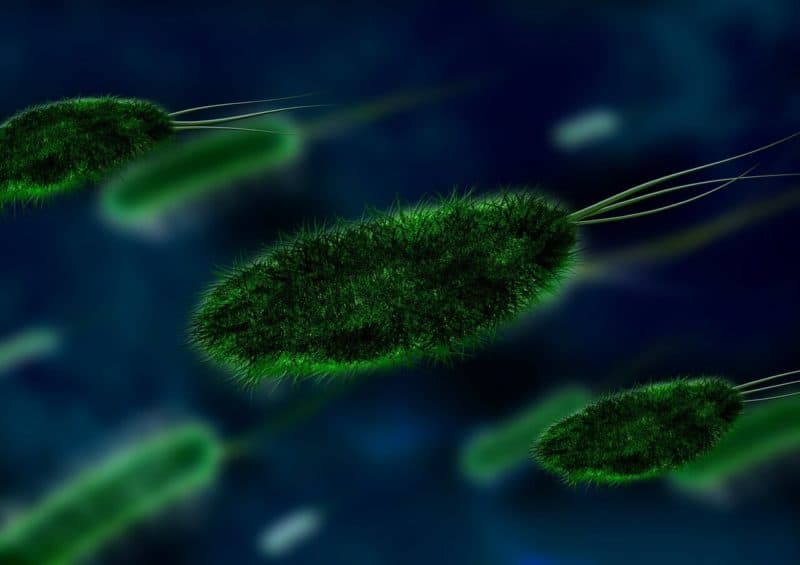How Bacteria & Antibiotics Have Evolutionized Over Time
The antibiotics era is approximately sixty years old and though antibiotics have life-saving properties there has been concern about the overuse of antibiotics creating resistance making it nearly impossible to treat infections in the future because infectious bacteria will be resistant to conventional antibiotic therapy.
The main focus of resistant antibiotic development is antibiotic stewardship, in other words using antibiotics for appropriate bacterial infections and not just CYA (Cover You’re a$$) for the viral infection being seen in the urgent care setting. Another focus of antibiotic resistance is to reduce transmission from patient to patient in the hospital setting by using strict isolating techniques depending on the organism and the site of infection.
These foci are important but addressing resistant infections today goes way beyond hand washing, gloving, gowning and masking or treating a viral respiratory tract infection with azithromycin. Those techniques would be all we need if we were a healthy homogenous population. The advances that have been made in medical sciences over the last 100 years have drastically altered the global population. Prior to the antibiotic era, the leading cause of death worldwide was infectious diseases. Today it’s heart disease with cancer a close second. Death due to influenza and pneumonia is a distant 8th. One hundred years ago it was number one. Today there are hundreds of thousands if not millions of people walking around with more than one chronic disease because of the advances in medicine.
The downside to surviving with a chronic disease today is the likelihood that these patients are more susceptible to recurrent infections. Recently, I saw a patient who had osteosarcoma as an infant and she received radiation therapy which was life-saving. Unfortunately, the radiation therapy destroyed her ureters and kidneys requiring her to undergo a kidney transplant. Furthermore, the damage to the ureters doesn’t allow for the normal flow of urine requiring the patient to have a nephrostomy tube placed. As it is the patient has not only recurrent urinary tract infections but she also has infections at the nephrostomy site.
Previous cultures of the nephrostomy site were considered either contamination or colonizers and never a true infection because of the lack of erythema and pus at the site. If this was a normal host I would agree. However, in this case, between immunosuppressive drugs and radiation damage to the surrounding tissue, this is not a patient who can have a “normal” inflammatory response.
Patient like this is becoming the norm as opposed to 50-60 years ago. Sixty years ago I’m not treating a patient like this because she would have died in infancy. As we deal with more chronic patients we have to learn how to deal with more chronic infections.
Read more about the changes needed to manage these types of patients.
Chronic infections are more than just isolated organisms causing recurrent problems in a patient with an open-ended problem as the one described above. Over the last sixty years, infectious organisms have been evolving much more than just creating enzymes to neutralize antibiotics.
The other evolutionary process bacteria have incorporated is biofilm formation. Biofilm is more than slime being created by a bunch of organisms that appears to be more of a contaminant than a true infection. Biofilm is a very sophisticated barrier of mucopolysaccharides that creates defenses other than what is seen in the bacteria themselves. These extracellular polymeric substances or EPS are proteins, nucleic acids, and other macromolecules that create defenses for the antibiotics and the immune system way before they can even get to the bacteria.
Read more about the Evolution of Antibiotics & Biofilm.
Imagine the biofilm as a 16th-century city-state and depending on how diverse that population is behind that city wall there could be a tremendous amount of information being exchanged. In this case, it is genetic information shared. That exchange can lead to chronic infections that will not respond to conventional therapy.
Recently the University of Pittsburgh presented two excellent posters on the association of biofilm and chronic respiratory infections in patients with cystic fibrosis (CF). The research is aimed at showing the relationship between viral infections and pathogenic bacteria and how the association promotes the formation of biofilm which can lead to exacerbations of bacterial infections after an exposure to a viral illness. CF in itself demonstrates just how medical evolution has played its part in helping develop biofilm formation as we see more and more CF patients live well into their forties when 50 years ago they were lucky to make it into their teens.
Bacteria and other microorganisms are survivors and after sixty years of antibiotic assault, we’re seeing just how adaptable bacteria are. Think about this for a minute, if the antibiotic era is sixty years in the making and bacteria have the potential to double in 30 minutes how many generations of genetic mutations do you think occurred in that time period? That is an outstanding amount of selective pressure that has been introduced. As I’ve said before in the past sixty years there have to be trillions if not gazillions of mutations that have occurred.
Antibiotic resistance is a major problem today and our own evolution coincides with the evolution of bacterial infections we see. If we are to get a better handle on infections in the era of chronic disease states we need to be more aware of managing biofilm.







